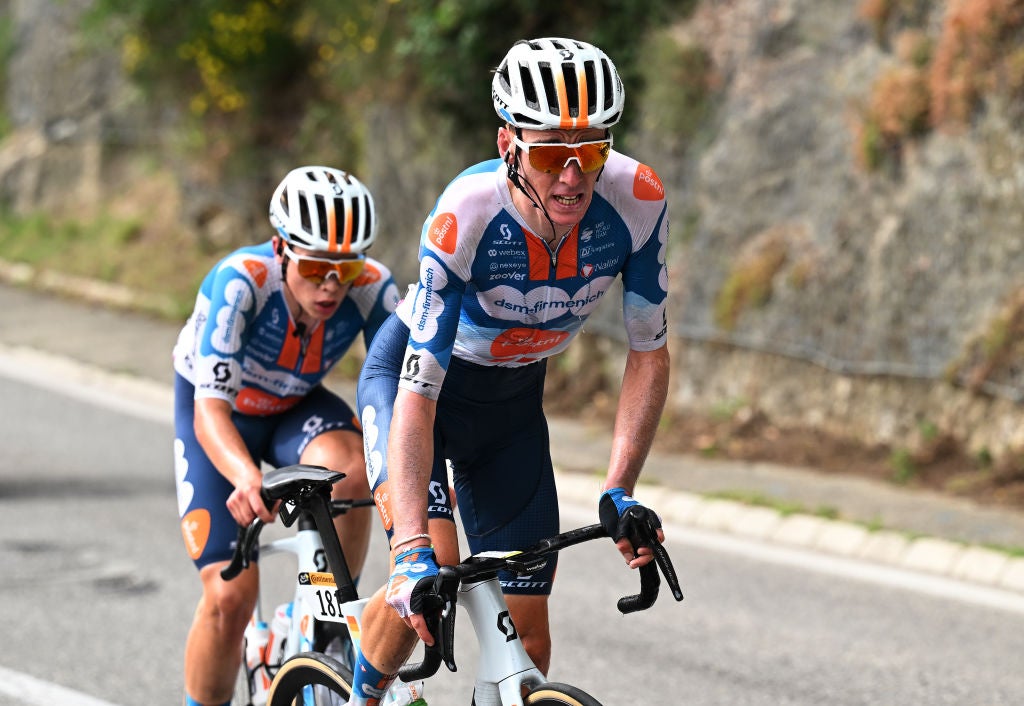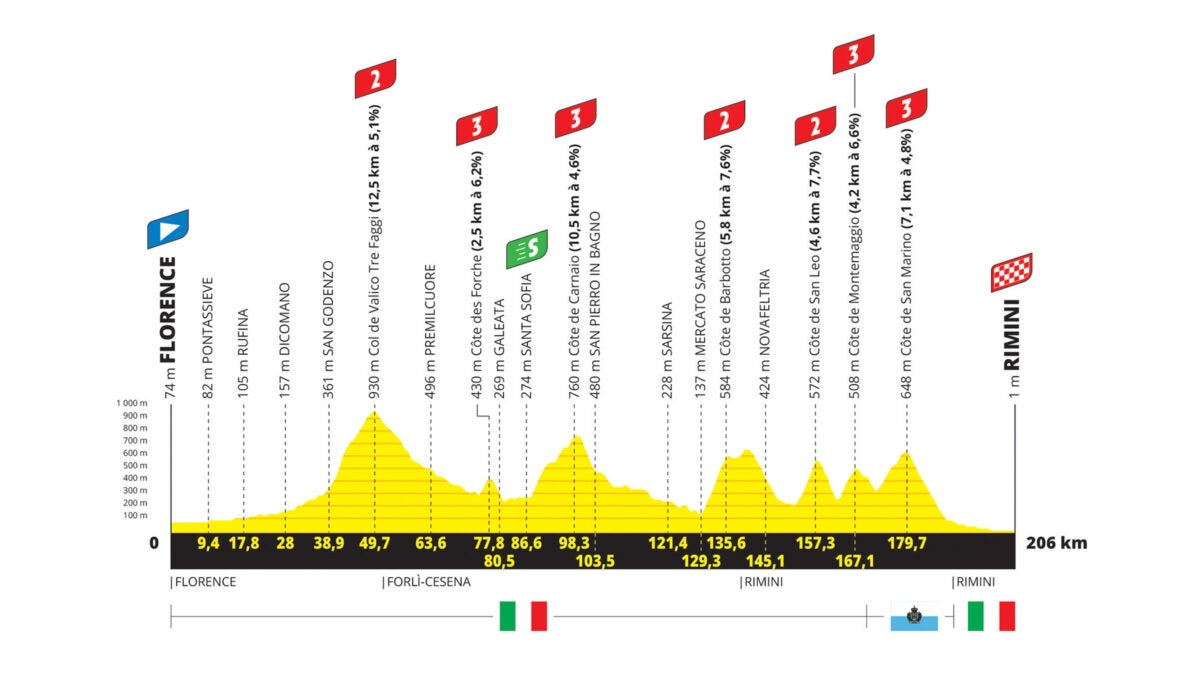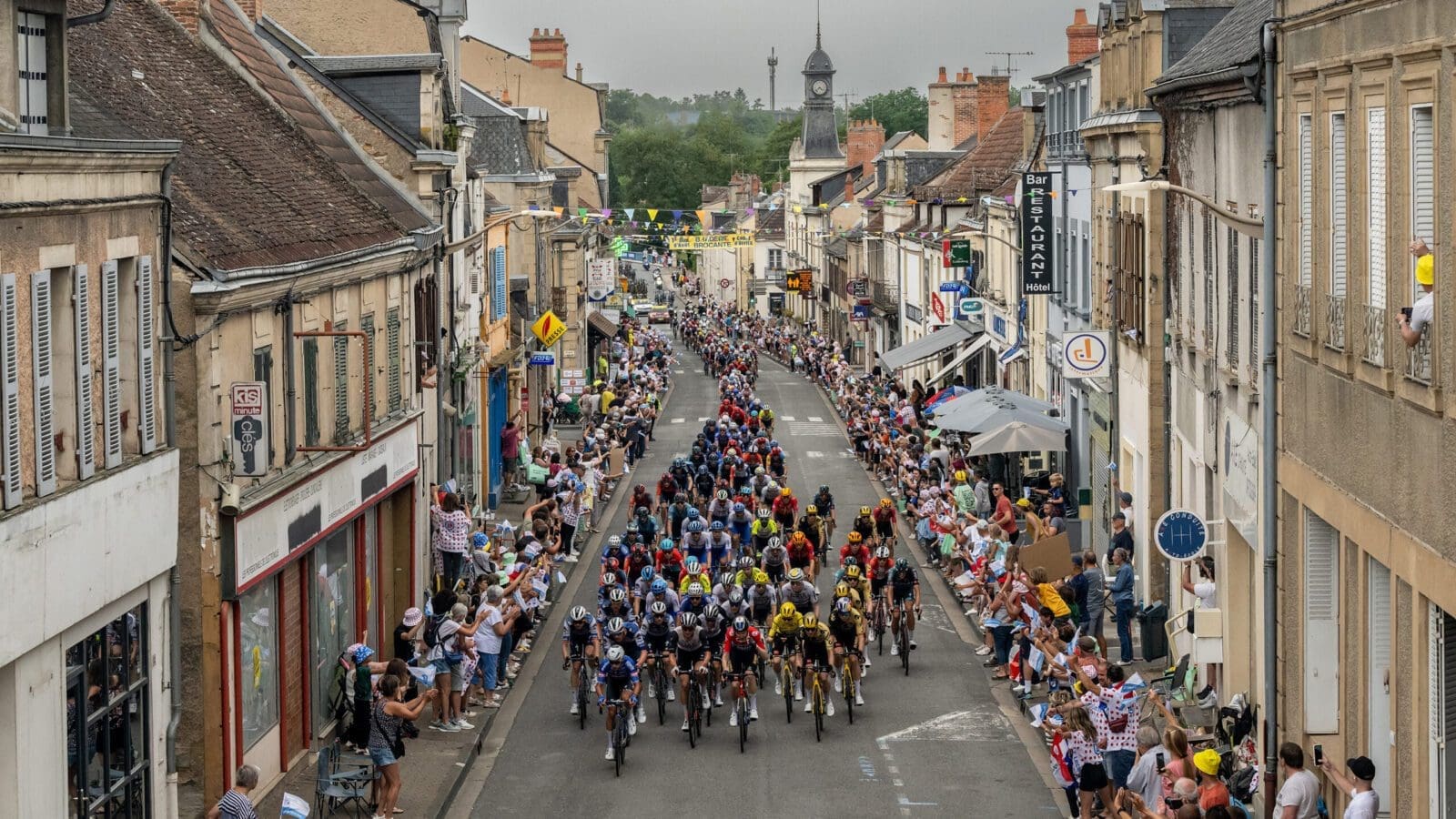Stage Overview: Tour De France Stage 1

Tour de france stage 1 – The opening stage of the 2023 Tour de France was a 192-kilometer trek from Bilbao to Vitoria-Gasteiz. The route featured a rolling terrain with three categorized climbs, including the third-category Puerto de Orduña (7.6 km at 4.5%). The weather was mostly sunny, with a slight breeze and temperatures in the mid-20s Celsius.
The stage was marked by several key moments. The early breakaway of four riders, including Nils Politt (Bora-Hansgrohe) and Magnus Cort Nielsen (EF Education-EasyPost), gained a significant advantage. However, they were gradually reeled in by the peloton, led by the Ineos Grenadiers and Groupama-FDJ teams. The main field remained largely together until the final climb, the Alto del Vitoria.
Final Ascent
On the Alto del Vitoria, Tadej Pogačar (UAE Team Emirates) attacked with 2 kilometers to go. He quickly gapped his rivals and soloed to the stage victory. Jonas Vingegaard (Jumbo-Visma) and Geraint Thomas (Ineos Grenadiers) finished second and third, respectively.
Green Jersey
Fabio Jakobsen (Quick-Step Alpha Vinyl) won the sprint for the green jersey, while Magnus Cort Nielsen took the polka dot jersey for the King of the Mountains classification.
Rider Analysis

The opening stage of the Tour de France witnessed impressive performances from several top riders, setting the tone for the highly anticipated race.
One standout rider was Tadej Pogačar, the defending champion, who showcased his dominance by securing the stage win and the yellow jersey. Pogačar’s aggressive tactics, coupled with his exceptional climbing abilities, proved to be a formidable combination.
Strengths and Weaknesses
- Strengths: Pogačar’s key strengths lie in his exceptional climbing skills, powerful sprint, and tactical acumen.
- Weaknesses: While Pogačar is a formidable rider, his weakness may lie in his tendency to take risks, which could lead to crashes or other mishaps.
Another notable performer was Wout van Aert, who displayed his versatility by winning the green jersey and finishing second on the stage. Van Aert’s explosive sprints and strong time trialing abilities make him a threat in various stages.
Strengths and Weaknesses
- Strengths: Van Aert’s strengths include his impressive sprinting abilities, strong time trialing skills, and ability to perform well in a variety of terrains.
- Weaknesses: While Van Aert is a highly capable rider, his weakness may lie in his ability to sustain his performance over the course of the entire Tour de France.
The performances of Pogačar and Van Aert in Stage 1 have set the stage for an exciting and competitive Tour de France, with both riders expected to be major contenders for the overall victory.
Team Tactics

Stage 1 of the Tour de France is often characterized by aggressive racing and unpredictable outcomes, as teams vie for position and seek to make an early impact on the race. In this year’s edition, several teams employed distinct tactics to gain an advantage.
One notable strategy was the use of early breakaways. Several riders from different teams attempted to form breakaways in the opening kilometers of the stage, hoping to gain a significant lead and potentially secure the stage win or valuable time bonuses. However, the peloton remained vigilant and worked together to reel in these breakaways, preventing any significant gaps from forming.
Team Collaboration and Communication, Tour de france stage 1
Effective team collaboration and communication played a crucial role in the outcome of Stage 1. Teams with strong communication systems were able to coordinate their efforts, share information, and respond quickly to changing race dynamics.
For example, the Ineos Grenadiers team demonstrated exceptional communication and teamwork throughout the stage. The team worked together to control the pace of the race, protect their leader, Geraint Thomas, from attacks, and position riders in key positions to support him in the final sprint.
Effectiveness of Team Strategies
The effectiveness of different team strategies varied depending on the specific tactics employed and the execution by the riders.
Early breakaways proved to be less successful in this year’s Stage 1, as the peloton remained cohesive and prevented any significant gaps from forming. Teams that focused on controlling the pace of the race and protecting their leaders were more effective in achieving their goals.